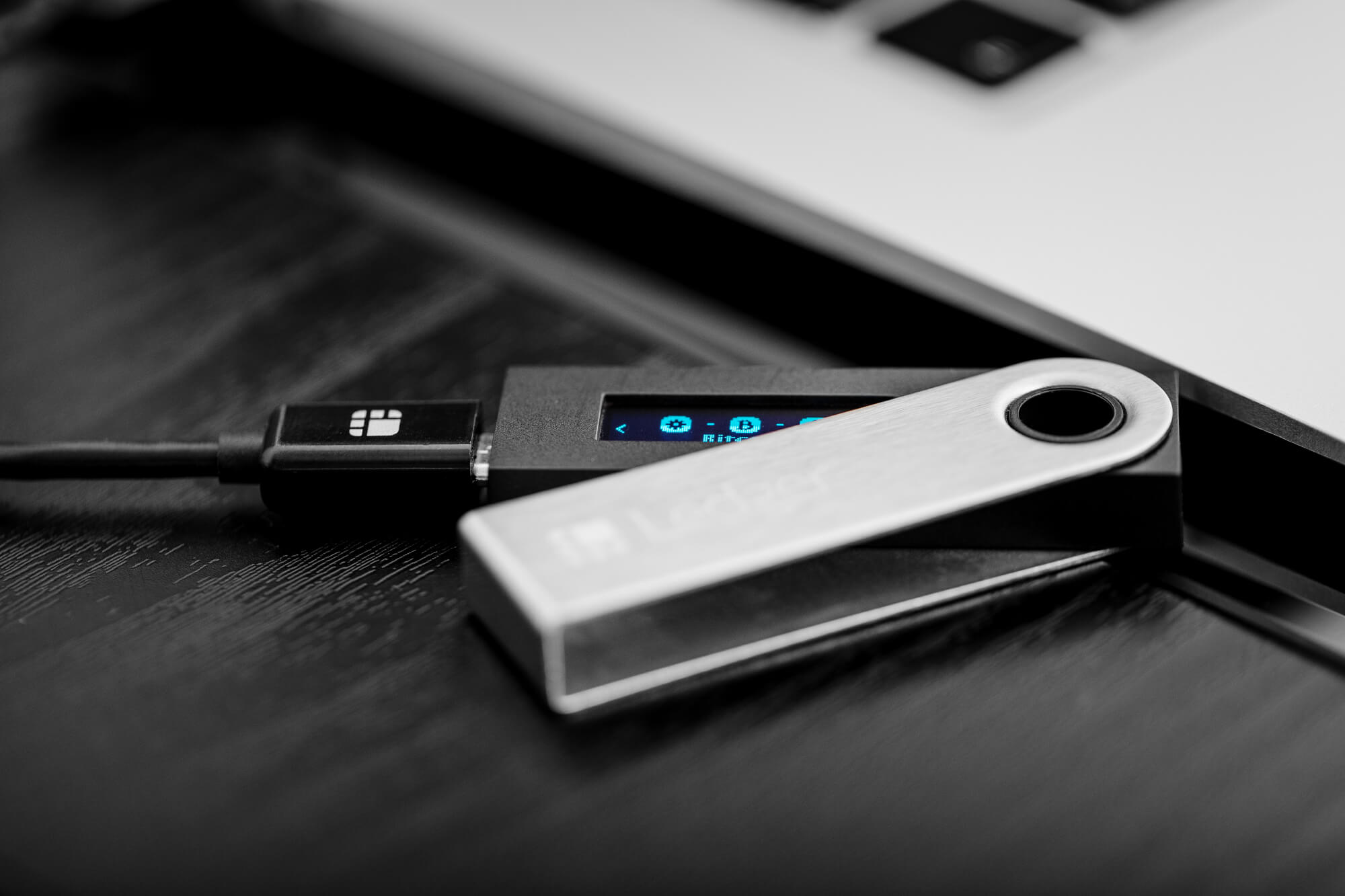Phishing scams targeting Ledger Live users are a persistent threat in the cryptocurrency space, aiming to steal your recovery phrase, private keys, or funds. Since Ledger Live and Ledger hardware wallets (Nano S Plus, Nano X, Flex, or Stax) prioritize offline security, scammers exploit user trust and human error to bypass these protections.

Please download the last update of Ledger Live Application:
1. Ledger Live for Windows 10/11
2. Ledger Live for MAC
3. Ledger Live for Android
Below, I’ll explain how to avoid phishing scams targeting Ledger Live users as of February 21, 2025, with practical steps, warning signs, and best practices to keep your crypto secure.
How Phishing Scams Target Ledger Live Users
- Fake Websites/Apps: Scammers create lookalike Ledger Live sites or apps mimicking ledger.com or the official app interface to steal your recovery phrase or login details.
- Email/SMS Spoofing: fraudulent messages posing as Ledger Support request your 24-word seed phrase or prompt you to click malicious links.
- Social Media Impersonation: Fake accounts on platforms like X or Telegram pretend to be Ledger staff, offering “help” that leads to scams.
- Malware: Bogus software updates or browser extensions inject keyloggers or clipboard hijackers to capture sensitive data.
- Physical Coercion: Rare but severe—scammers use stolen customer data (e.g., from past Ledger breaches) to target users directly.
Key Do’s to Avoid Phishing Scams
- Do Download Ledger Live Only from the Official Source:
- Always get Ledger Live from ledger.com/ledger-live—verify the URL (check for “https://” and no typos like “ledgre.com”).
- For mobile: Use the App Store (iOS) or Google Play Store (Android)—search “Ledger Live” by Ledger, not third-party links.
- Do Verify Your Ledger Device’s Authenticity:
- During setup, Ledger Live runs a genuine check (Get Started > Check My Device) to ensure your device isn’t counterfeit—buy only from ledger.com or authorized resellers.
- Do Confirm Transaction Details on Your Ledger:
- Always review send/receive addresses and amounts on your Ledger’s screen (not just Ledger Live)—e.g., Nano S/X buttons or Flex/Stax touchscreen. This prevents malware from altering clipboard data.
- Do Use Bookmarks for Ledger Sites:
- Bookmark ledger.com and support.ledger.com in your browser—avoid Google searches, which can surface phishing ads or fake results.
- Do Keep Software Updated:
- Regularly update Ledger Live (see “How to Update Ledger Live”) and device firmware via My Ledger to patch vulnerabilities scammers might exploit.
- Do Secure Your Recovery Phrase Offline:
- Write your 24-word phrase on paper or metal (e.g., Cryptosteel) and store it in a safe place—never enter it into Ledger Live, emails, or any digital platform (see “Managing Recovery Phrases”).
- Do Enable a Passphrase:
- Add a 25th word (Settings > Advanced > Passphrase on your Ledger) to create a hidden wallet—scammers won’t access funds without it, even with your 24 words.
- Do Report Suspicious Contacts:
- If you receive dubious emails or messages, forward them to phishing@ledger.fr (mailto:phishing@ledger.fr) and block the sender—don’t reply or click links.
Key Don’ts to Avoid Phishing Scams
- Don’t Share Your Recovery Phrase:
- Ledger will never ask for your 24-word phrase—not via email, support tickets, or calls. Anyone requesting it is a scammer—no exceptions.
- Don’t Click Unsolicited Links:
- Avoid links in emails, SMS, or social media claiming to be from Ledger (e.g., “Update your wallet now!”). Go directly to ledger.com instead.
- Don’t Trust “Support” Offers:
- Scammers impersonate Ledger Support on X, Telegram, or forums, offering to “fix” issues. Official support only comes via support.ledger.com tickets—never DMs or unsolicited chats.
- Don’t Install Unofficial Software:
- Avoid third-party “Ledger Live” apps, browser extensions, or updates outside official channels—e.g., a fake Chrome extension might log your inputs.
- Don’t Use Public or Compromised Devices:
- Don’t run Ledger Live or connect your Ledger on public computers, shared Wi-Fi, or devices with potential malware—use a trusted, personal machine.
- Don’t Rush Urgent Requests:
- Phishing often uses urgency (e.g., “Your account is compromised—act now!”). Pause, verify via official channels, and never act impulsively.
- Don’t Ignore Red Flags:
- Typos in emails (e.g., “Legder”), odd sender domains (e.g., “ledger.support@gmail.com”), or requests for sensitive info are scam indicators—delete and report.
Common Phishing Scenarios and How to Spot Them
- Fake Update Prompts:
- Sign: Email or pop-up claims “Ledger Live v2.82.0 is critical—download here” with a shady link.
- Response: Check ledger.com/ledger-live manually for the latest version (e.g., 2.81.0 as of now).
- Support Scams:
- Sign: X user “@LedgerSupportTeam” DMs, “Send your seed phrase to fix your wallet.”
- Response: Ledger’s real X is @Ledger—report impostors, never share your phrase.
- Compromised Address Malware:
- Sign: You paste a receive address in Ledger Live, but it changes when sending funds.
- Response: Always confirm the address on your Ledger’s screen before approving—malware can’t alter hardware display.
- Data Breach Exploitation:
- Sign: After a past Ledger customer data leak (e.g., 2020 breach), you get a targeted SMS: “Your Ledger is at risk—verify here.”
- Response: Ignore and report—Ledger doesn’t have your seed, only scammers misuse leaked info (name, email).
Extra Protection Measures
- Antivirus Software: Use tools like Malwarebytes or Bitdefender to detect keyloggers or clipboard hijackers on your device.
- Email Filters: Set rules to flag “Ledger” emails from non-@ledger.com domains.
- 2FA Elsewhere: While Ledger Live doesn’t use 2FA, enable it on email or exchange accounts linked to your crypto (use your Ledger as a U2F key—see “Using Two-Factor Authentication”).
- VPN: Mask your IP on public networks to avoid targeted attacks.
- Monitor X: Search “Ledger phishing” on X for real-time scam alerts—e.g., posts from @Ledger or users warning of fake sites.
What to Do If You Suspect a Phishing Attempt
- Disconnect: Stop using Ledger Live if you clicked a suspect link—unplug your Ledger.
- Check Funds: Connect your Ledger to Ledger Live on a trusted device, verify balances in Portfolio.
- Move Funds: If safe, send crypto to a new wallet (generate a fresh seed on a new Ledger).
- Reset Device: If you entered your phrase somewhere, reset your Ledger (Settings > Device > Reset All) and restore with your phrase on a clean device.
- Report: Contact phishing@ledger.fr (mailto:phishing@ledger.fr) and file a ticket at support.ledger.com.
Conclusion
Avoiding phishing scams targeting Ledger Live users hinges on vigilance: stick to official sources, never share your recovery phrase, and verify everything on your Ledger’s screen. Scammers can’t breach the hardware’s Secure Element, but they prey on mistakes—fake apps, urgent emails, or social tricks. By following these Do’s and Don’ts, you’ll keep your funds (over 5,500 supported assets) secure.
